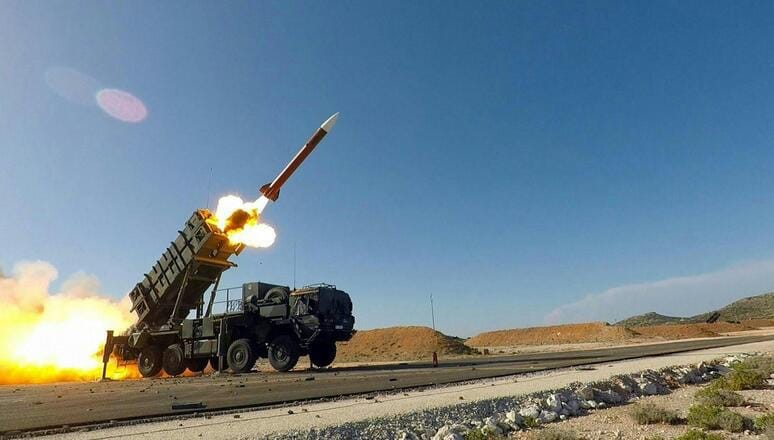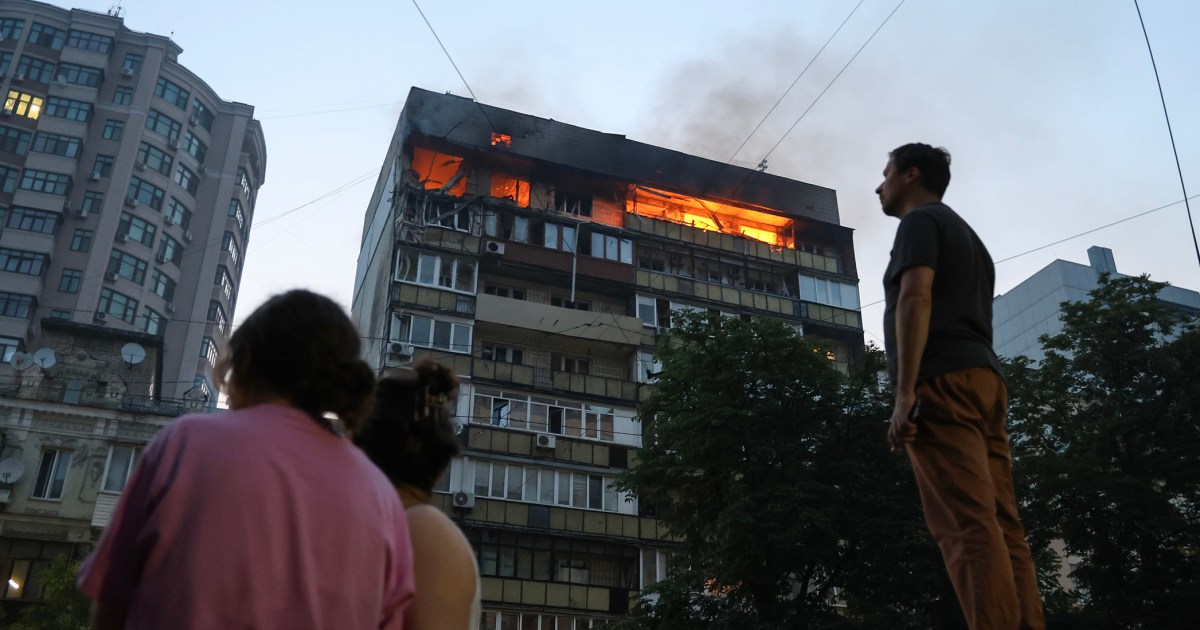American Patriot Interceptor Supply Chains Maxed
Surging demand from Ukraine, the Mideast and the Pacific is outrunning U.S. missile production despite factory expansions and record budgets

The United States is producing Patriot air-defense interceptors faster than ever, yet the Army, its allies, and two live war zones are burning through missiles faster than factories can replace them. With only two production lines—one run by Lockheed Martin in Camden, Arkansas, the other by Raytheon in Andover, Massachusetts—the supply chain for the nation's most sought-after defensive weapon limits US arms shipments. Demand has outpaced supply for Patriot interceptors and the gap will persist until at least 2027.
Arsenal of Democracy?
During both world wars the United States earned the title "arsenal of democracy," converting car plants into tank and bomber lines almost overnight. By 1945, American manufacturers had turned out more than 96,000 bombers, 86,000 tanks, 2.4 million trucks, and 6.5 million rifles. Companies like Ford built one B-24 bomber every hour, while Chrysler's Detroit Arsenal produced half of all U.S. tanks.
Today's battlefields are different—precision-guided artillery shells, kamikaze drones, and cruise missiles dominate—but they still reward countries that can out-produce their rivals. America's modern munitions chains are lean, globalized, and vulnerable to sudden spikes in demand. Years of underinvestment and efficiency-focused procurement have systematically hollowed out the defense industrial base, eliminating manufacturing slack that once enabled rapid wartime expansion. Nowhere is that strain clearer than in the Patriot interceptor program.
Lessons from Ukraine
Russia's full-scale invasion is the first major industrial war of the 21st century. Offensively it features daily barrages of drones and missiles; defensively it has evolved into a contest of layered air defenses. Since receiving its first Patriot battery in spring 2023, Kyiv has pleaded for more launchers and the missiles to feed them.
The scale of consumption is staggering. Ukraine can fire 80 Patriot rounds in a single intense week of attacks, a pace that exhausts the output of an average month of U.S. production. Ukraine currently operates eight batteries, but these systems are only as effective as their ammunition supply. Russia now produces approximately 2,000 Shahed-family attack drones monthly, with plans to increase that to 5,000 per month, creating relentless pressure on Ukrainian air defenses.
A Three-Theater Appetite
The demand for Patriot interceptors spans three conflict zones simultaneously:
Ukraine: The most kinetic war, with several hundred interceptors reportedly transferred and dozens fired in high-profile barrages over Kyiv. Ukraine has long been hamstrung by a shortage of missiles, with President Volodymyr Zelenskyy repeatedly calling on the US and NATO allies to send more.
Middle East: In April the Pentagon redeployed an entire Patriot battalion—up to 384 missiles—from the Indo-Pacific to U.S. Central Command after Houthi and Iranian strikes intensified. U.S. forces used about 30 interceptors in the recent defense of Al Udeid Air Base from an Iranian ballistic missile attack—the largest single volley in U.S. military history.
Pacific: Guam, Japan, Taiwan and the Philippines are all expanding Patriot footprints as they brace for a possible U.S.–China conflict. Every battery shipped to Europe or the Mideast comes at the expense of Indo-Pacific stockpiles.
The result is simultaneous draw-downs on several fronts that have not been well documented in the media.
How Many Missiles Can America Make?
A analysis of the production reality reveals the scope of the challenge:
Lockheed Martin (Camden, Arkansas)
- Interceptor variant: PAC-3 MSE
- Current output: ≈ 550 missiles/year (2024 record)
- Funded output (2027): ≈ 650/year after a new 85,000-sq-ft "all-up-round II" facility comes fully on-line
RTX/Raytheon (Andover, Massachusetts)
- Interceptor variant: PAC-2 GEM-T
- Current output: ≈ 20 missiles/month (≈ 240/year)
- Funded output (2027): ≈ 35 missiles/month (≈ 420/year) once a digitized assembly line and a German co-production cell ramp up by late 2027
Even at peak capacity—about 1,070 interceptors a year by 2027—production would barely cover half of annual global demand, roughly 2,000 missiles.
Put simply, factories are shipping about 790 Patriot interceptors this year, while the world could absorb twice that number. Every missile diverted to Ukraine or the Mideast is one less for the Pacific.
Manufacturing, Not Politics, Limits Aid
Whether Washington sends additional interceptors to Ukraine is no longer just a political choice; it is an industrial one. "Getting a Patriot missile isn't like going to Walmart and picking 10 off the shelf and going home," one Trump adviser explained. Congress has authorized emergency cash infusions, and the White House's 2026 budget request adds billions for missile production. Yet tooling new lines, certifying suppliers, and training workers cannot be rushed like legislation.
Lockheed's Arkansas expansion, announced in 2024, will take three full years to reach steady state. Raytheon's plan to boost capacity hinges on installing digitized workstations and qualifying a new European partner, milestones likewise slated for 2027. The production process involves a complex web of suppliers—Boeing provides radar seekers, Aerojet Rocketdyne supplies rocket motors—each with their own capacity constraints and lead times.
America's ability to defend both its allies and its forward-deployed troops now hinges on two overworked factory floors. The numbers tell the story: even record production runs are failing to meet a wartime surge spread across three theaters. Current production of approximately 790 interceptors annually faces global demand exceeding 2,000 missiles per year—a gap that will persist until at least 2027.
Reclaiming the "arsenal of democracy" mantle will require not just money, but a concerted national push to rebuild the forgotten muscle of mass manufacturing—before demand grows even faster. The question isn't whether America can afford to expand its missile production; it's whether the country can afford not to.
Lockheed Martin responded with the following: "In 2025, Lockheed Martin is on track to produce more than 600 PAC-3 MSEs for the first time. Our current production ramp-up target is 650 PAC-3 MSEs by 2027. The program is tracking ahead of its stated capacity goals for the next several years and the company is exploring additional investments and working with our customer to increase production capacity to accelerate PAC-3 MSE delivery to our domestic and global customers."
"Our new Camden facility, built in 2022, has capacity to increase production rates and enable the program to continue its critical production ramp-up. Our rigorous infrastructure and supply chain provides a stable foundation for increasing production to protect critical assets at scale."
RTX (Raytheon) and the DoD did not respond to requests for comment.


